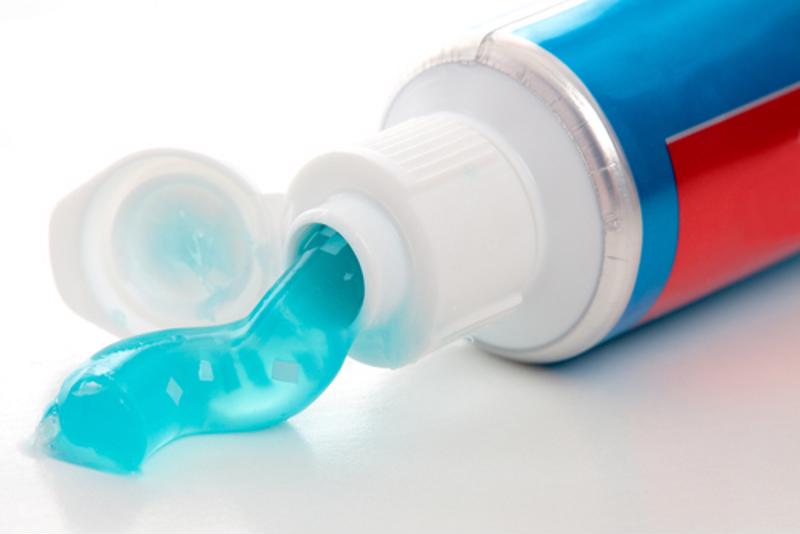In a world rife with disagreement, here's something where there's near universal common ground: Sugar is delicious. Sweet to the taste and invigorating for the body and mind, sugar is an enjoyment that makes the process of eating and drinking incredibly enjoyable. Whether found in cookies, candy, cereal or crackers, the substance is so scrumptious there aren't enough adjectives to adequately articulate its awesomeness.
But there's another thing about sugar that's true: It's not all that good for you. Derided for how it contributes to obesity, high blood pressure and diabetes, some health professionals urge people to stop consuming it entirely. Sugar is also a major contributor to tooth decay. It is naturally sticky, so when it latches on to the teeth through food and beverages, it contributes to plaque, cavities, gingivitis and gum disease. This is why it's so important to brush and floss regularly, especially after meals or snacks containing a lot of sugar.
It raises the question: If sugar is so bad for your teeth, then why does toothpaste taste sweet? This may be something your child has asked, or perhaps you've thought about it but never really bothered to investigate. Here's why:
Xylitol is the sweetness
The reason why toothpaste is sweet is several fold, largely having to do with improving its taste and smell. What makes it sweet, however, has nothing to do with sugar but rather a sugar substitute. From sodium saccharin and sorbitol to several brand names that produce artificial and all-natural sweeteners, sugar alternatives is an industry unto itself. When it comes to those used in toothpaste, the most common one is called xylitol. Pronounced "ZY-la-tall," xylitol is all-natural and found in several fruits and vegetables, such as strawberries, raspberries, cauliflower and mushrooms. While these forms of produce contain other natural sweeteners — like fructose — xylitol is the sweetener that's most often used in toothpaste products. If you look at the list of ingredients section on your tube of toothpaste, you're almost guaranteed to see it, likely high on the list (which indicates it's a primary ingredient).

But xylitol isn't there solely to make the toothpaste taste better; it's also proven to fight cavities. Indeed, several studies have shown xylitol helps to reduce plaque buildup, prevent tooth decay and minimise the adverse effects of acids on tooth enamel. This is made possible because xylitol is non-fermentable. Bacteria relies on fermentation that can lead to cavities, meaning tooth decay.
Additionally, xylitol helps with weight management. Since it's naturally lower in calories on a gram-per-gram basis versus sugar, xylitol is used in many foods aside from the kinds you find in the produce section of your local grocery store. These include jams, nut butters, yogurt, chewing gum and candy as well.
What should I look for in a great toothpaste?
But just as toothpastes don't all taste the same — with flavours ranging from clean mint to juicy watermelon — toothpastes are wide ranging in overall effectiveness. Here are a few pointers to keep in mind when picking the best toothpaste:
- Only select toothpastes that have a New Zealand Dental Association seal.
- Avoid toothpastes that don't contain fluoride, as fluoride is crucial to teeth health.
- Choose brands where fluoride levels are at least 1,000 parts per million. That's anything higher than 0.76% sodium monofluorophosphate.
- Pick toothpastes where xylitol is listed among the first few ingredients.
If you're unsure of what toothpaste is best or are seeking to make an appointment for a cleaning, contact City Dentists. We promise to make your visit as short and sweet as possible.